 The Rise of Monitors with Integrated Speakers
The Rise of Monitors with Integrated Speakers
The Evolving Needs of Digital Users
As our reliance on digital devices and multimedia content continues to grow, the demand for all-in-one display solutions that seamlessly integrate audio capabilities has increased. Monitors with built-in speakers offer a compelling solution to this need, providing users with a comprehensive and streamlined audiovisual experience.
The Advantages of Integrated Speaker Systems
By incorporating high-quality speakers directly into the monitor, these all-in-one display solutions eliminate the need for external audio setups, simplifying the user’s workspace and creating a more cohesive, space-saving setup.
Key Features of Monitors with Built-In Speakers
Display Quality and Specifications
When selecting a monitor with integrated speakers, it’s essential to consider the display’s core specifications, such as screen size, resolution, and panel technology, to ensure that the visual performance matches the audio capabilities.
Speaker Configuration and Sound Quality
The configuration and quality of the built-in speakers are crucial factors that can significantly impact the overall audio experience. Look for monitors that feature stereo or multi-channel speaker setups, as well as advanced audio technologies like surround sound or virtual surround sound.
Connectivity and Integration
Versatile connectivity options, including HDMI, DisplayPort, and USB-C, allow monitors with built-in speakers to seamlessly integrate with a wide range of devices, from computers and laptops to gaming consoles and multimedia players.
Choosing the Right Monitor with Speakers
Evaluating Audio Performance
When selecting a monitor with built-in speakers, pay close attention to the audio quality, including factors such as sound clarity, bass response, and volume levels. Consider consulting reviews or seeking out hands-on demonstrations to ensure that the audio performance meets your expectations.
Matching the Monitor to Your Needs
Determine the specific use cases and requirements for your monitor with speakers, whether it’s for gaming, multimedia consumption, professional audio applications, or general office use. This will help you prioritize the essential features and select a model that best aligns with your needs.
Considering Spatial Constraints
The physical size and placement of the monitor within your workspace can also be a crucial factor when choosing a model with integrated speakers. Ensure that the monitor’s dimensions and speaker placement accommodate the available space and your preferred setup.
Leveraging Monitors with Speakers in Various Scenarios
Gaming and Immersive Entertainment
Monitors with built-in speakers excel in gaming and multimedia entertainment, providing users with a more immersive and cohesive audiovisual experience. The integrated speaker system can enhance the overall gaming experience, bringing to life the sound effects, music, and dialogue.
Professional Audio and Video Production
For users in the fields of audio and video production, monitors with high-quality built-in speakers can serve as a valuable tool for tasks such as video editing, audio mixing, and content creation. The integrated audio capabilities allow for a more streamlined and efficient workflow.
Remote Collaboration and Conferencing
In the age of remote work and virtual collaboration, monitors with integrated speakers can play a crucial role in enhancing the quality of video calls and online meetings. The built-in microphones and speakers can facilitate clear communication and enable a more seamless, hands-free conferencing experience.
Optimizing the Audio Experience
Adjusting Sound Settings and Equalization
To get the most out of the monitor’s built-in speakers, users can leverage advanced sound settings and equalizer controls to fine-tune the audio output. This allows for customization and optimization based on individual preferences and the specific use case.
Leveraging External Audio Accessories
While monitors with integrated speakers can provide a robust audio experience, users may also choose to supplement the built-in capabilities with external audio accessories, such as headphones, external speakers, or soundbars, to further enhance the overall sound quality and immersion.
Maintenance and Longevity
Proper Cleaning and Care
Maintaining the cleanliness and condition of the monitor’s built-in speakers is crucial for preserving their performance and longevity. Regular cleaning, using appropriate techniques and cleaning solutions, can help prevent the buildup of dust and other contaminants that can impact sound quality.
Firmware and Software Updates
Staying up-to-date with the latest firmware and software updates for your monitor can ensure that the integrated speaker system continues to perform at its best, benefiting from any improvements or bug fixes released by the manufacturer.
The Future of Monitors with Integrated Speakers
Advancements in Audio Technology
As display and audio technologies continue to evolve, the capabilities of monitors with built-in speakers are expected to advance further. This may include the integration of more sophisticated audio processing, higher-fidelity sound, and even immersive 3D audio experiences.
Expanded Use Cases and Integration
The versatility of monitors with integrated speakers suggests that new and innovative use cases will continue to emerge, from enhanced gaming and entertainment experiences to more seamless collaboration and communication setups. As these displays become more deeply integrated with various software platforms and IoT ecosystems, the possibilities for their application will continue to grow.
Optimizing the Audio Experience: Unlocking the Full Potential of Monitors with Integrated Speakers
While monitors with built-in speakers offer a convenient and immersive all-in-one solution. Truly unlocking the full potential of these audiovisual powerhouses requires a deeper understanding of how to optimize the audio experience. By leveraging the advanced features and customization options available. Users can tailor the sound output to their specific needs and preferences, elevating the overall experience to new heights.
As the technology behind monitors with integrated speakers continues to evolve. The opportunities for further audio optimization and customization are likely to expand. Manufacturers may introduce advanced audio processing algorithms, support for more sophisticated audio codecs, and even the integration of virtual surround sound or object-based audio technologies, allowing users to tailor the soundscape to their precise preferences.
Conclusion
Monitors with built-in speakers represent a compelling solution for users seeking a comprehensive and streamlined audiovisual experience. By combining high-quality display capabilities with integrated audio, these all-in-one display solutions offer a convenient and immersive way to engage with digital content, collaborate remotely, and enjoy multimedia entertainment. As the technology continues to evolve, the impact of monitors with integrated speakers will only become more profound, transforming the way we interact with our digital environments and elevating the overall user experience to new heights.



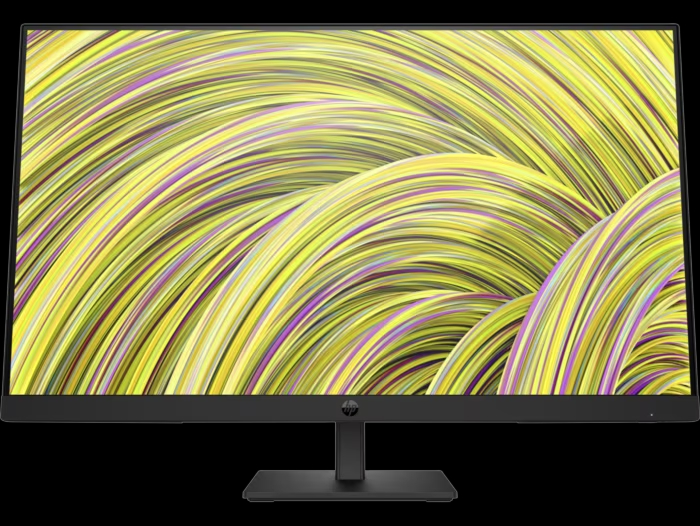

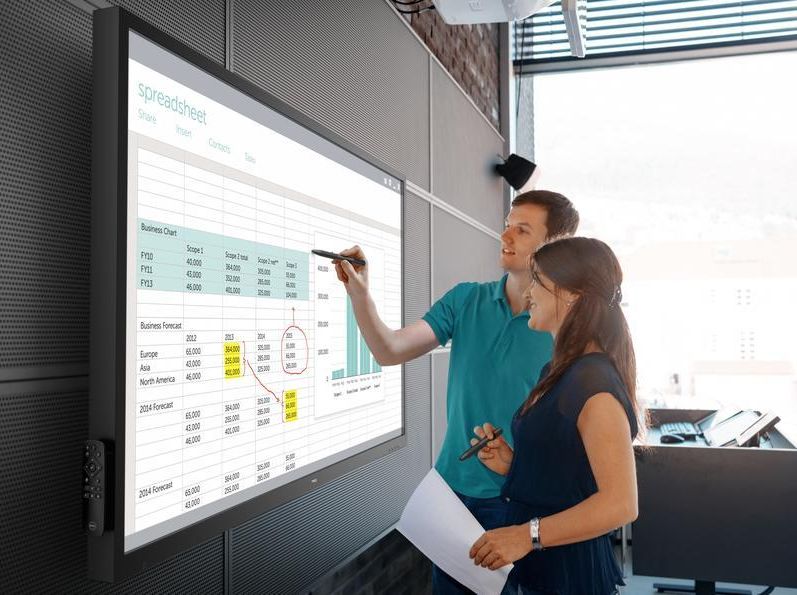


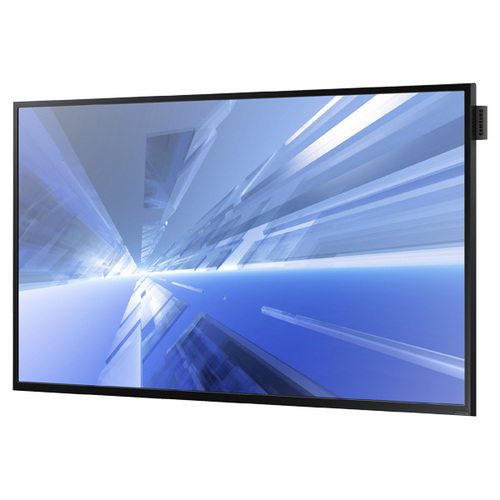


 Introduction:
Introduction: Paper Sizes and Weights in Printing
Paper Sizes and Weights in Printing Folding and Cutting the Paper
Folding and Cutting the Paper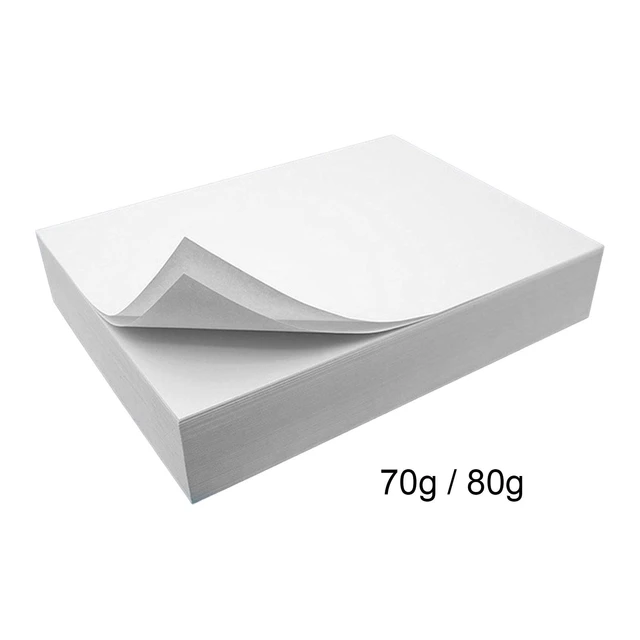 Benefits of Using Printed Paper for Envelope Making
Benefits of Using Printed Paper for Envelope Making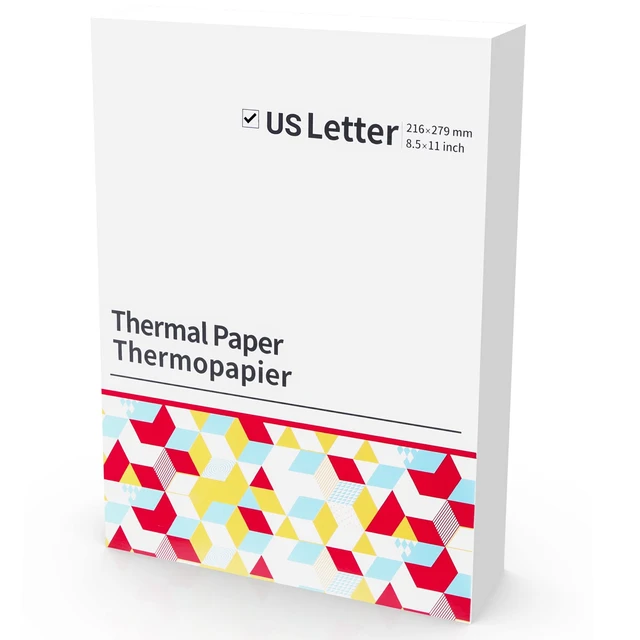 Conclusion:
Conclusion: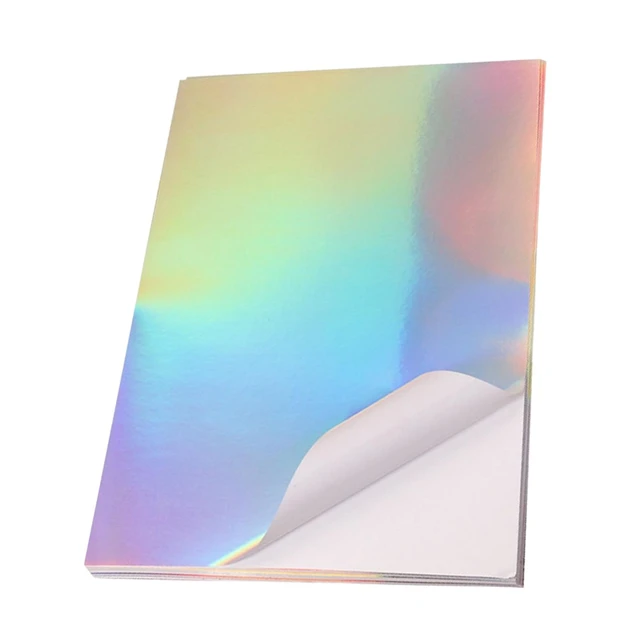
 Introduction:
Introduction: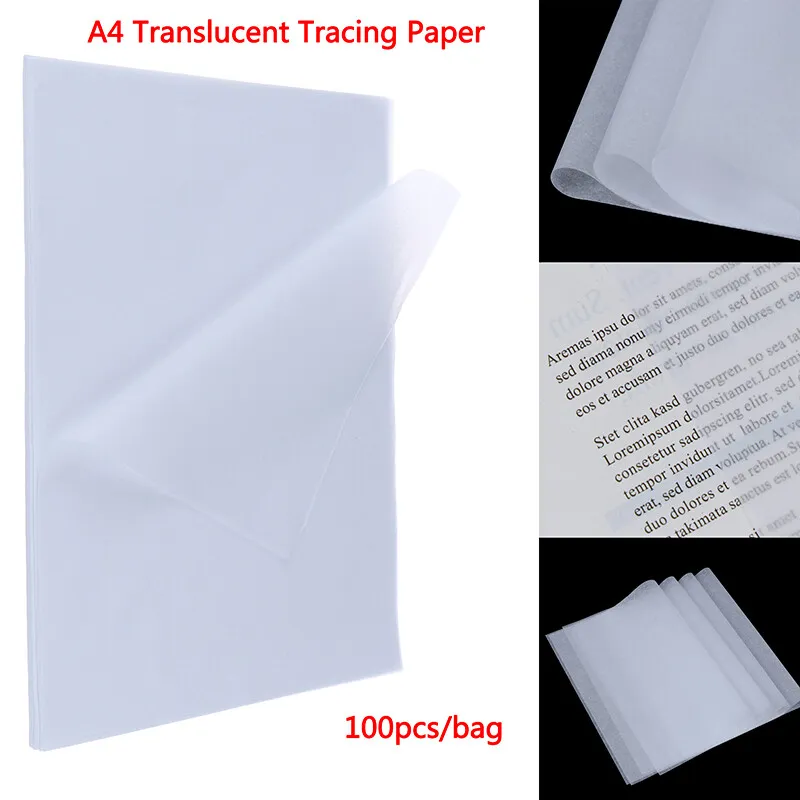 Common Paper Weight Classifications
Common Paper Weight Classifications Selecting the Right Paper Weight
Selecting the Right Paper Weight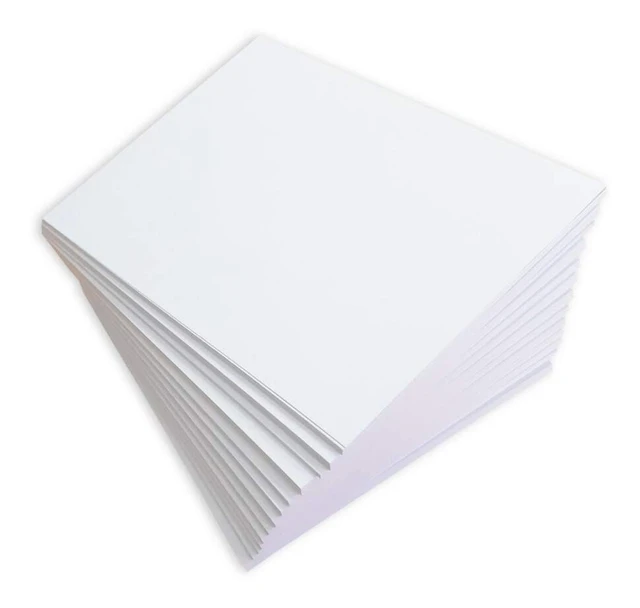 Conclusion:
Conclusion: Introduction:
Introduction: Understanding Paper Sizes
Understanding Paper Sizes Choosing the Right Paper Size
Choosing the Right Paper Size Here are some key roles of standard printer paper in the office:
Here are some key roles of standard printer paper in the office: Conclusion:
Conclusion: Introduction-What is the size of printer paper:
Introduction-What is the size of printer paper: Letter and Legal Paper Sizes
Letter and Legal Paper Sizes Here are the key reasons why printing paper is essential in the workplace:
Here are the key reasons why printing paper is essential in the workplace: Here are some popular trends in printing paper:
Here are some popular trends in printing paper: Conclusion:
Conclusion: Introduction-normal printer paper size:
Introduction-normal printer paper size: Understanding Paper Sizes
Understanding Paper Sizes Choosing the Right Paper Size
Choosing the Right Paper Size Conclusion-normal printer paper size:
Conclusion-normal printer paper size: